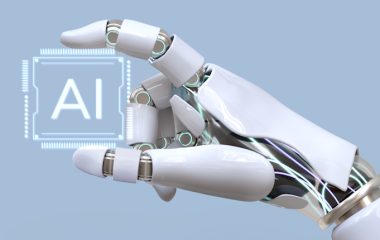
Romanian manufacturers are increasingly seeking new solutions to cut electricity costs, including through the European Union’s (EU) subsidies for building high-efficiency cogeneration (CHP) facilities for the production of energy for their own manufacturing activities, according to Business Review, a Romanian business news website.
Under the financing axis 6 of its Operational Program for Large Infrastructure for Romania (POIM), the EU is offering non-reimbursable funds to large energy consumers to cover 60%, or up to EUR 15 million, of investments in high-efficiency cogeneration plants, in what will allow manufacturers to produce their own electrical and thermal energy and obtain huge cuts to their energy bills.
Number of Romanian companies investing in high-efficiency cogeneration plants is expected to rise
REI Finance Advisors, a Romanian consultancy for attracting EU funds, expects that the number of Romanian companies investing in such facilities will rise and that at least 20 to 30 projects, with values varying from EUR 1.5 million to EUR 35 million, will be submitted by the end of the year.
Electricity prices for non-household consumers in Romania rose 19.2% year-on-year in H1 2019
Electricity prices for non-household consumers in Romania in the first half of 2019 posted the highest year-on-year increase in the EU, of 19.2%, compared with a 12.2% drop in Denmark, the Business Review noted.
The deadline for the submission of POIM projects qualifying for axis 6 has been extended to December 31, 2020, allowing would-be beneficiaries more time to apply, according to the report.
POIM’s axis 6 has a budget of EUR 197.3 million to promote clean energy and energy efficiency
POIM’s axis 6, whose assigned amount is EUR 197.3 million, promotes clean energy and energy efficiency aimed at supporting a low carbon economy. Apart from encouraging investment in high-efficiency cogeneration, it also aims to increase energy production from renewable resources (biomass, biogas, geothermal), decrease energy consumption for industrial consumers, and cut the average energy consumption for households.


















Be the first one to comment on this article.